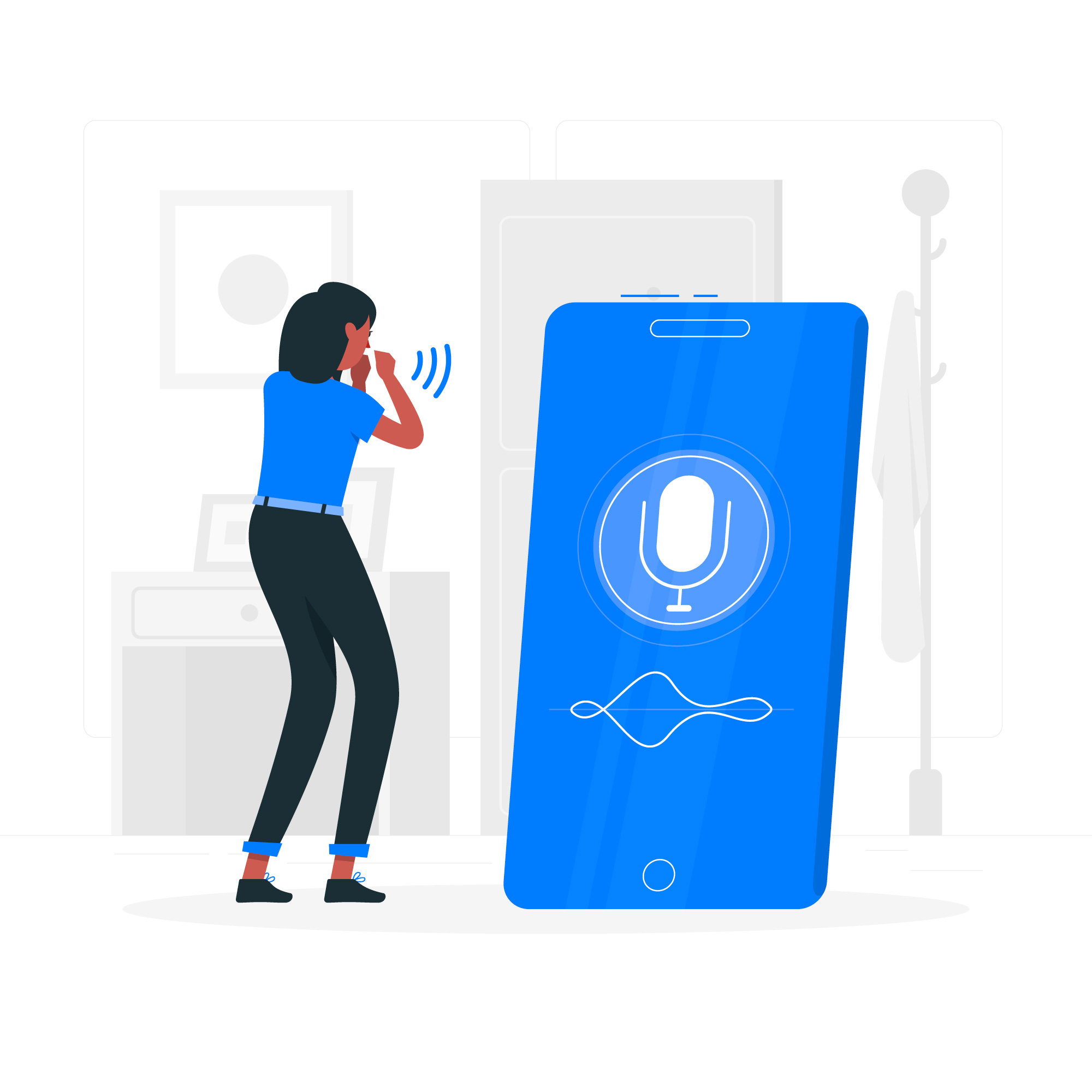Ensuring the security of online interactions is a crucial priority. Conventional methods are proving to have significant shortcomings. With that, innovative authentication tools are emerging that offer robust protection against cyber threats and an intuitive and trusted user experience.
Download Now Our Use Case: Voice Biometrics in the Contact Center
The Context: Digital Security and Trust Challenges
Cyber threats are evolving rapidly, from traditional attacks to artificial intelligence-driven deepfakes. Conventional authentication methods, such as passwords or security questions, have proven insufficient and can be stolen, hacked, or breached.
In addition to their technical vulnerability, from a psychological point of view, conventional methods generate:
- Anxiety about forgetting: remembering multiple passwords or security questions generates frustration and stress, especially when people are forced to reset them constantly.
- Sense of vulnerability and distrust: Frequent news reports about massive hacks weaken user confidence in these solutions.
These shortcomings have led users to prefer alternatives that are not only secure but also easier to use and adapt to their daily routines.
Technical Security: Advanced Threat Protection
Voice biometrics uses the unique characteristics of each person, such as pitch, frequency, and vocal micro-variations, to verify identities in an accurate and difficult-to-replicate manner. Through advanced algorithms and artificial intelligence, this technology is able to detect even the most sophisticated impersonation attempts.
Key Security Capabilities:
- Deep Voice Analysis: Modern systems analyze not only the content of speech but also physiological characteristics, such as resonance in the vocal cords, impossible to mimic with deepfake technologies.
- Dynamic Phrases: Some solutions allow randomly generating phrases for each authentication, eliminating the possibility of reusing pre-existing recordings.
- Anomaly Detection: Systems identify patterns and artifacts characteristic of artificially generated recordings, making them resistant to AI-driven attacks.
- Continuous Authentication: In applications such as contact centers, voice biometrics can perform periodic checks to ensure that the authorized user remains active.
These capabilities make voice biometrics a reliable tool against emerging threats, protecting sensitive data and critical transactions.
User Psychology: Trust and Positive Experience
From a psychological perspective, voice biometrics improves security and transforms user perception towards authentication systems.
Key Psychological Factors:
- Sense of Exclusivity: users feel that their voice, a unique and non-transferable trait, represents a personalized layer of security. This strengthens their trust in the system.
- Reduced Cognitive Stress: The elimination of passwords and security questions simplifies the experience, reducing the anxiety associated with managing multiple credentials.
- Frictionless Experience: Speaking is a natural and simple action, making voice biometrics a non-intrusive method that fits into daily routines.
- Immediate Feedback: Rapid authentication reinforces satisfaction, generating instant gratification that traditional methods fail to deliver.
- Confidence in Innovation: The association of biometrics with advanced technologies generates a positive perception towards companies that implement this solution.
Voice Biometrics: Security and Reliability Combined
The true power of voice biometrics lies in its ability to integrate advanced technology with a user-oriented experience. While other methods can be technically secure, but psychologically frustrating, voice biometrics strikes a balance that protects and builds loyalty and trust.
- Deepfake Protection: The combination of deep voice analysis and anomaly detection ensures that even the most advanced threats are identified and blocked.
- Increased Satisfaction: Users appreciate the simplicity and speed of speaking instead of remembering complex passwords.
- Reduced Risk of Breaches: By eliminating insecure practices such as password sharing, internal vulnerabilities are reduced.
- Regulatory Compliance: Technologies such as voice biometrics comply with global regulations and reinforce the perception of accountability in enterprises.
<<< Elevate Fraud Defense with AI-Powered Voice Biometrics >>>
Voice biometrics is positioned as an end-to-end solution in a world where digital security and user experience are priorities. By combining advanced technical capabilities with a positive impact on user confidence, this technology not only mitigates the most sophisticated threats but also generates trust and satisfaction.
Voice biometrics is not only a tool to protect identities, but a bridge to a stronger relationship between users and technology systems, revolutionizing the way users perceive and trust authentication systems.
Discover more benefits of voice biometrics solutions by clicking here.

